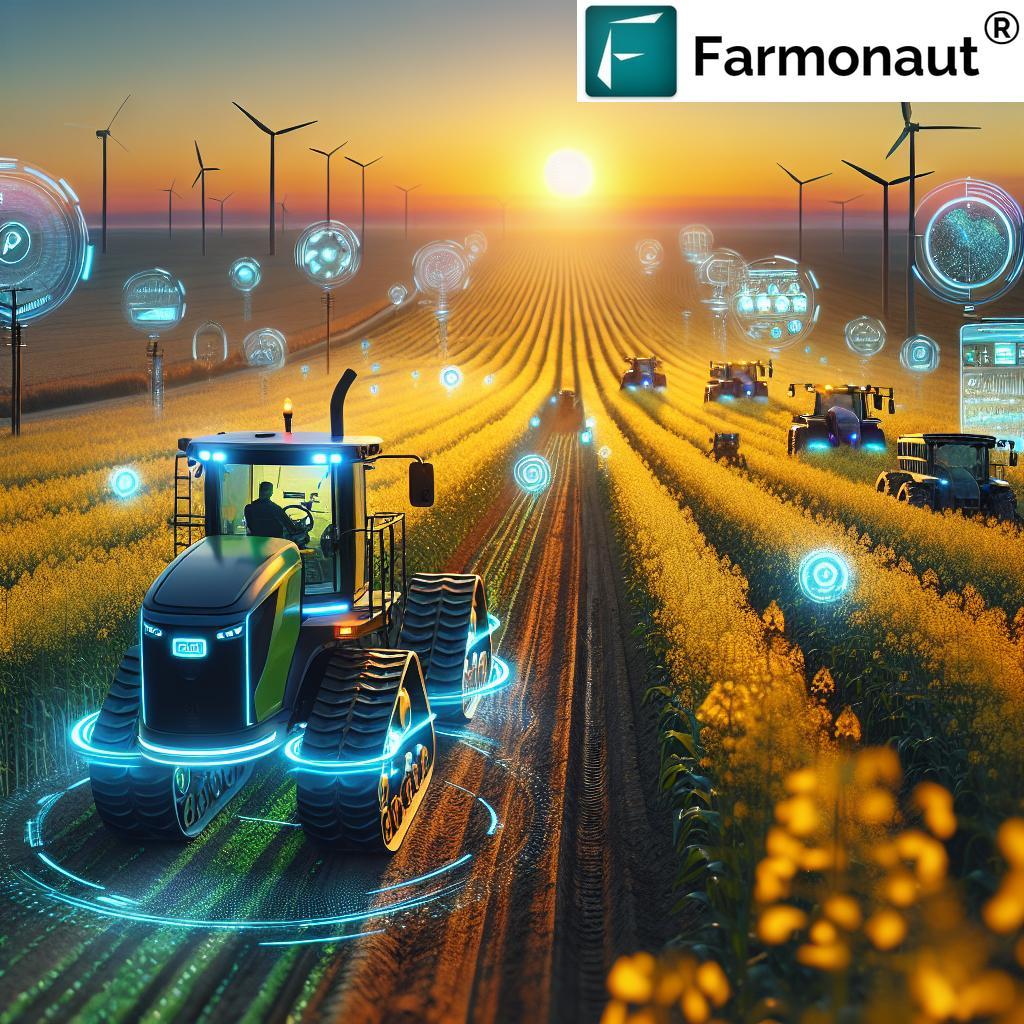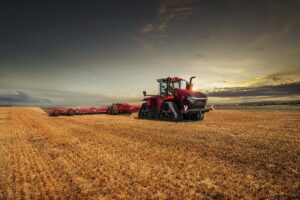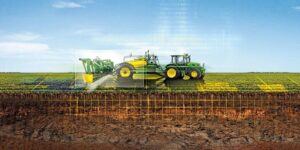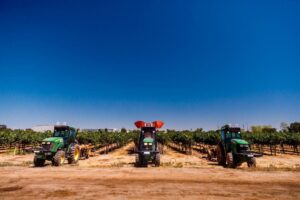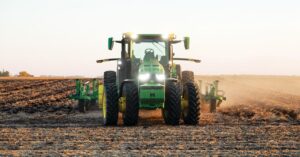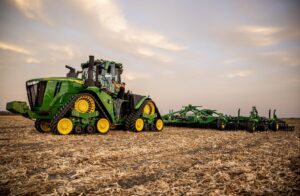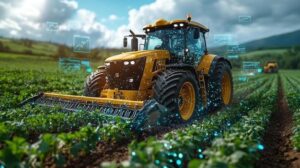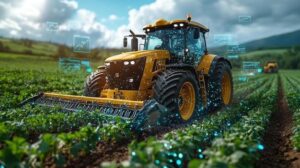In recent years, the agricultural sector has witnessed a significant shift toward electrification, with electric farm machinery emerging as a viable alternative to traditional diesel-powered equipment. This transformation, driven by advances in battery technology and growing environmental concerns, represents a fundamental change in how modern farms operate. From electric tractors to autonomous harvesting systems, these innovations are reshaping the landscape of agricultural mechanization while promising reduced emissions and operating costs. The agricultural landscape is undergoing a revolutionary transformation as farmers increasingly embrace electric-powered machinery. This shift represents more than just a change in power sources; it marks a fundamental evolution in how we approach farming operations and environmental stewardship.
Traditional diesel-powered tractors and equipment are gradually giving way to their electric counterparts, offering farmers significant advantages in operational efficiency and maintenance costs. These modern machines feature advanced battery systems that can sustain prolonged fieldwork while delivering consistent power output. The latest electric tractors can operate for up to eight hours on a single charge, making them viable alternatives for most daily farming tasks.
Beyond the immediate operational benefits, electric farm machinery contributes substantially to reducing agriculture’s carbon footprint. Farmers report up to 60% reduction in operational costs compared to conventional fuel-powered equipment, while simultaneously eliminating direct emissions during use. This dual advantage of economic savings and environmental protection is driving increased adoption rates across both small-scale and commercial farming operations.
Manufacturers are responding to this growing demand by developing diverse electric options, from compact utility tractors to specialized harvesting equipment. These machines incorporate regenerative braking systems and smart power management features, maximizing energy efficiency during operation. Solar charging stations are becoming common sights on farms, creating self-sufficient energy ecosystems that further reduce operational costs.
The integration of electric machinery also opens new possibilities for precision agriculture. These vehicles often come equipped with advanced sensors and GPS capabilities, enabling automated operation and detailed field mapping. This technology allows farmers to optimize their resource usage, reducing waste and improving crop yields through more precise application of inputs.
Government incentives and environmental regulations are accelerating this transition. Many countries now offer substantial subsidies for farmers investing in electric machinery, while implementing stricter emissions standards for traditional equipment. These policy measures are reshaping the agricultural equipment market and influencing manufacturer innovation strategies.
However, challenges remain in widespread adoption. Initial investment costs for electric farm machinery currently exceed those of conventional equipment, though this gap is narrowing as technology advances and production scales up. Battery life and charging infrastructure in remote areas also present ongoing challenges that manufacturers and utility providers are working to address.
Research institutions and agricultural technology companies are actively developing next-generation solutions, including rapid-charging systems and swappable battery packs. These innovations promise to overcome current limitations and further enhance the practicality of electric farm machinery. Additionally, emerging battery technologies suggest future electric tractors may operate for longer periods while requiring shorter charging times.
The agricultural sector’s transition to electric machinery represents a crucial step toward sustainable farming practices. As technology continues to evolve and costs decrease, electric farm equipment is poised to become the new standard in modern agriculture.

